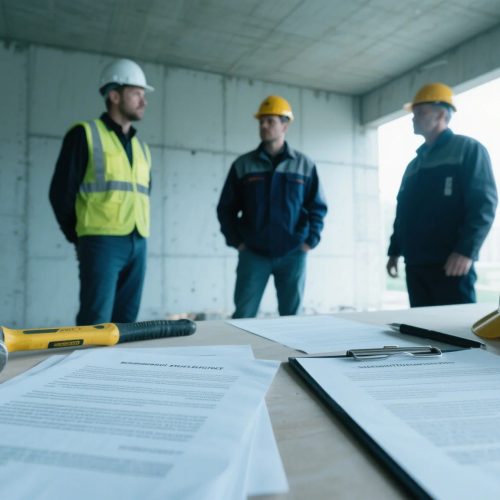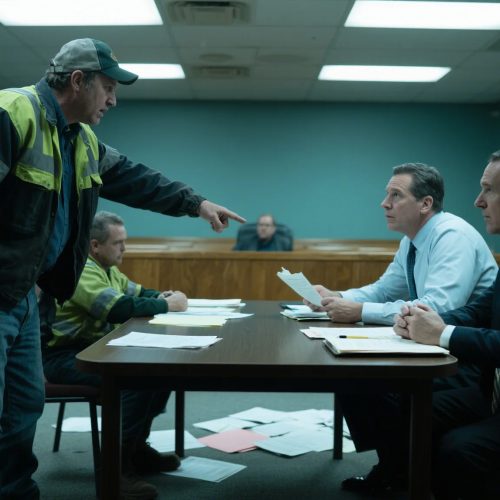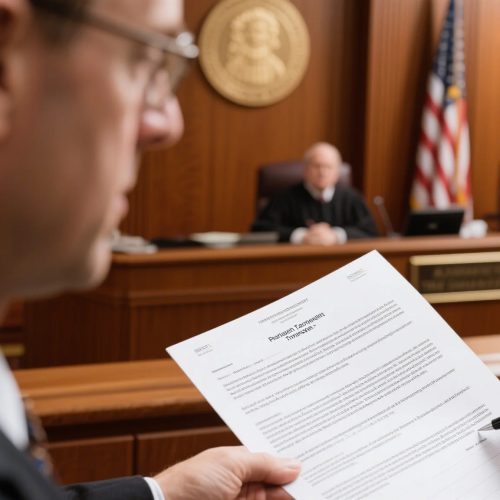Structured settlements are a common tool used to resolve personal injury claims, offering victims a steady stream of payments over time. However, when it comes to transferring these settlements in probate court, the process can be complex and highly scrutinized. This article explores how judges evaluate structured settlement transfer requests, the key factors they consider, and the implications for those involved.
Navigating Military Injury Settlement Loans: A Path to Financial Stability for Veterans
Discover how military injury settlement loans can provide the financial relief and stability needed for veterans facing challenges due to service-related injuries. Learn about the special protections available to VA compensation recipients and how these loans can be a lifeline.
The Hidden Truth About Discount Rates: How Companies Profit From Your Structured Settlement
Discover how companies use discount rates to profit from your structured settlement. Learn the truth about how these rates work, why they matter, and how to protect yourself.
Celebrity Cases: How Structured Settlements Protect High-Profile Lawsuit Winners
In the world of high-profile litigation, the outcome of a case can be life-changing, especially for celebrities and public figures. This article explores how structured settlements provide a secure and discreet way for lawsuit winners to protect their assets, maintain privacy, and ensure long-term financial stability. Through real-life examples and expert insights, we’ll delve into the benefits of structured settlements for high-stakes cases.
The 10-Point Checklist Before Selling Your Medical Malpractice Settlement
Selling your medical malpractice settlement can be a life-changing decision. Before proceeding, it’s crucial to evaluate the potential risks and benefits. This article provides a comprehensive 10-point checklist to guide you through the process, ensuring you make an informed decision.
Night Construction Work Injuries: How Lighting Standards Affect Your Case Value
Night construction work can be inherently dangerous, and inadequate lighting often plays a significant role in accidents. This article explores how lighting standards impact the value of cases […]
The High-Risk Zones: Most Dangerous Construction Site Areas for Fatal Accidents
Construction sites are inherently dangerous, with numerous hazards lurking around every corner. From falling debris to electrical fires and collapsing structures, construction workers face an array of risks daily. This article explores the most dangerous construction site areas where fatal accidents are more likely to occur, shedding light on the high-risk zones that demand extra caution. By understanding these zones, we can work towards creating safer environments for everyone involved in construction projects.
Demolition Accident Lawsuits: Special Considerations for Asbestos
Demolition accidents can lead to severe health risks, particularly due to asbestos and toxic exposure. This article explores the legal implications, health hazards, and steps to take if you or a loved one has been affected.
The 5 Most Common OSHA Violations That Lead to Construction Accident Lawsuits
Construction sites are inherently dangerous, and failure to adhere to Occupational Safety and Health Administration (OSHA) regulations can result in severe accidents, legal consequences, and hefty fines. This article explores the five most common OSHA violations that not only jeopardize worker safety but also increase the likelihood of construction accident lawsuits. By understanding these violations, construction companies can take proactive measures to ensure compliance, protect their workers, and avoid legal pitfalls.
Navigating Construction Site Liability During Weather Emergencies: A State-by-State Analysis
Weather emergencies, such as hurricanes, floods, and snowstorms, can have significant impacts on construction sites, leading to delays, damage, and even legal liabilities. This article explores how weather emergencies affect construction site liability in different states, highlighting the unique challenges and legal implications for contractors, property owners, and other stakeholders.









